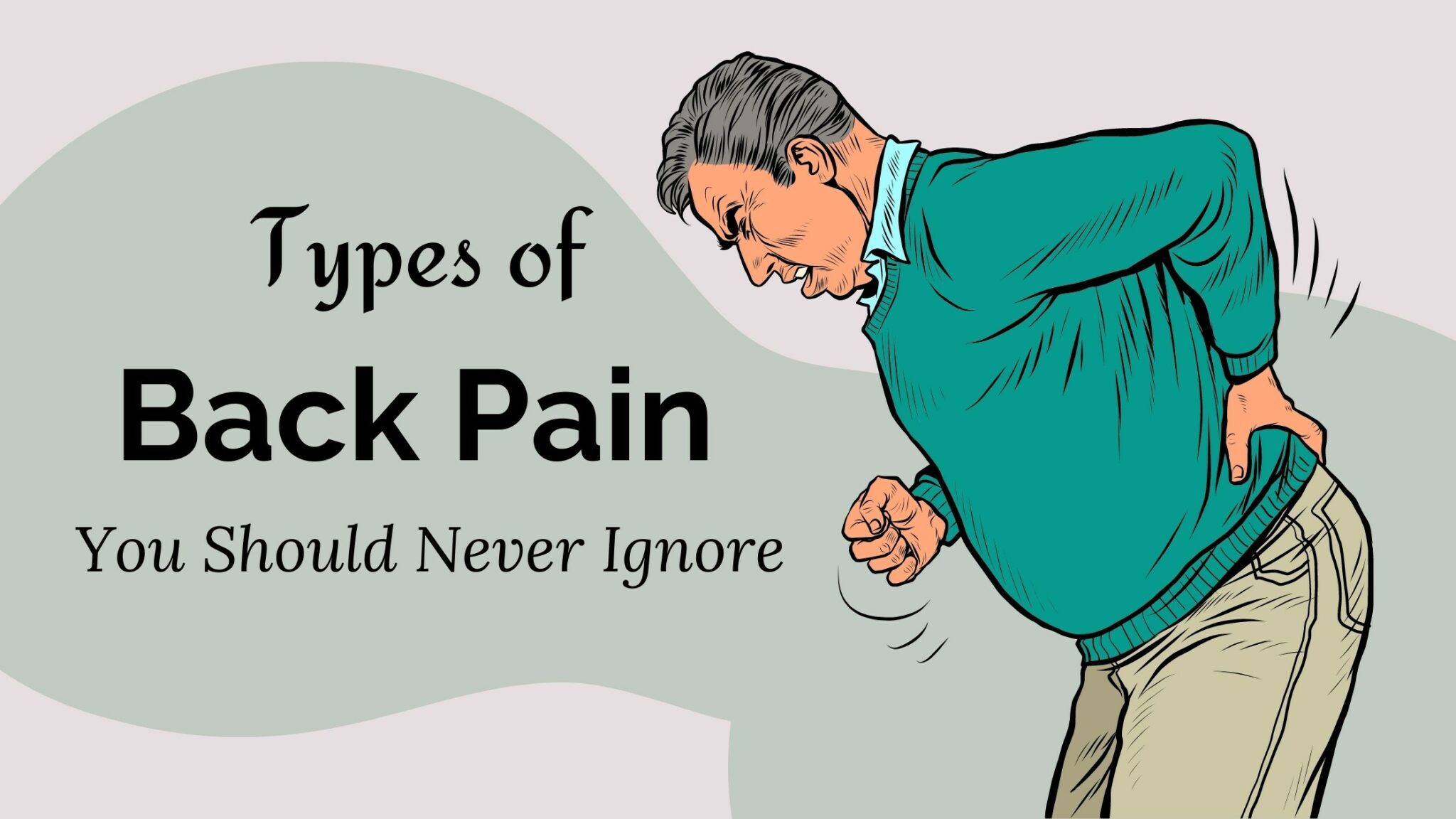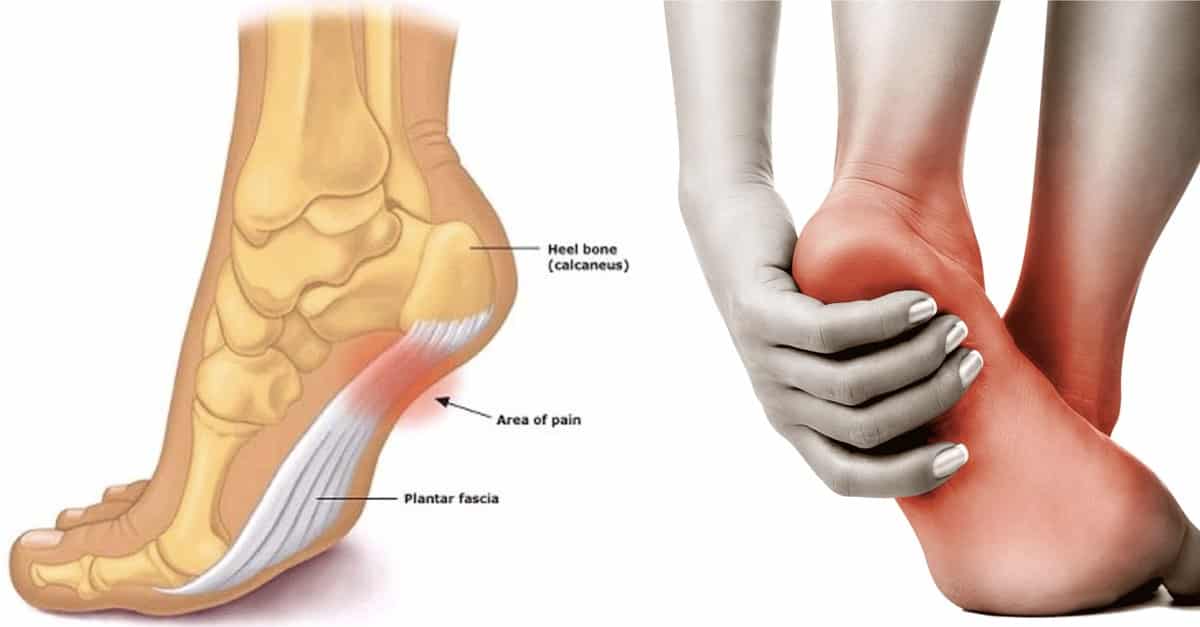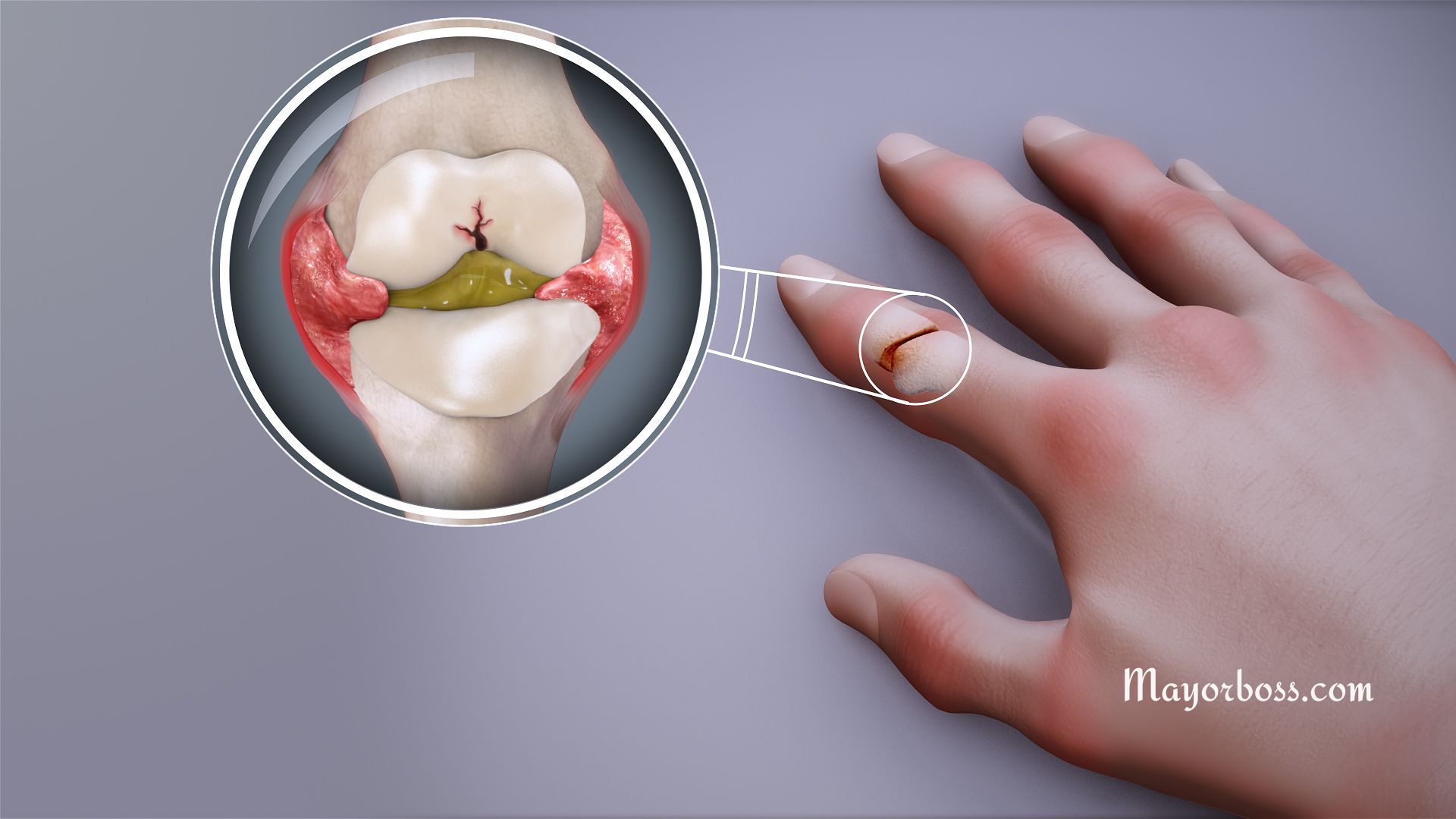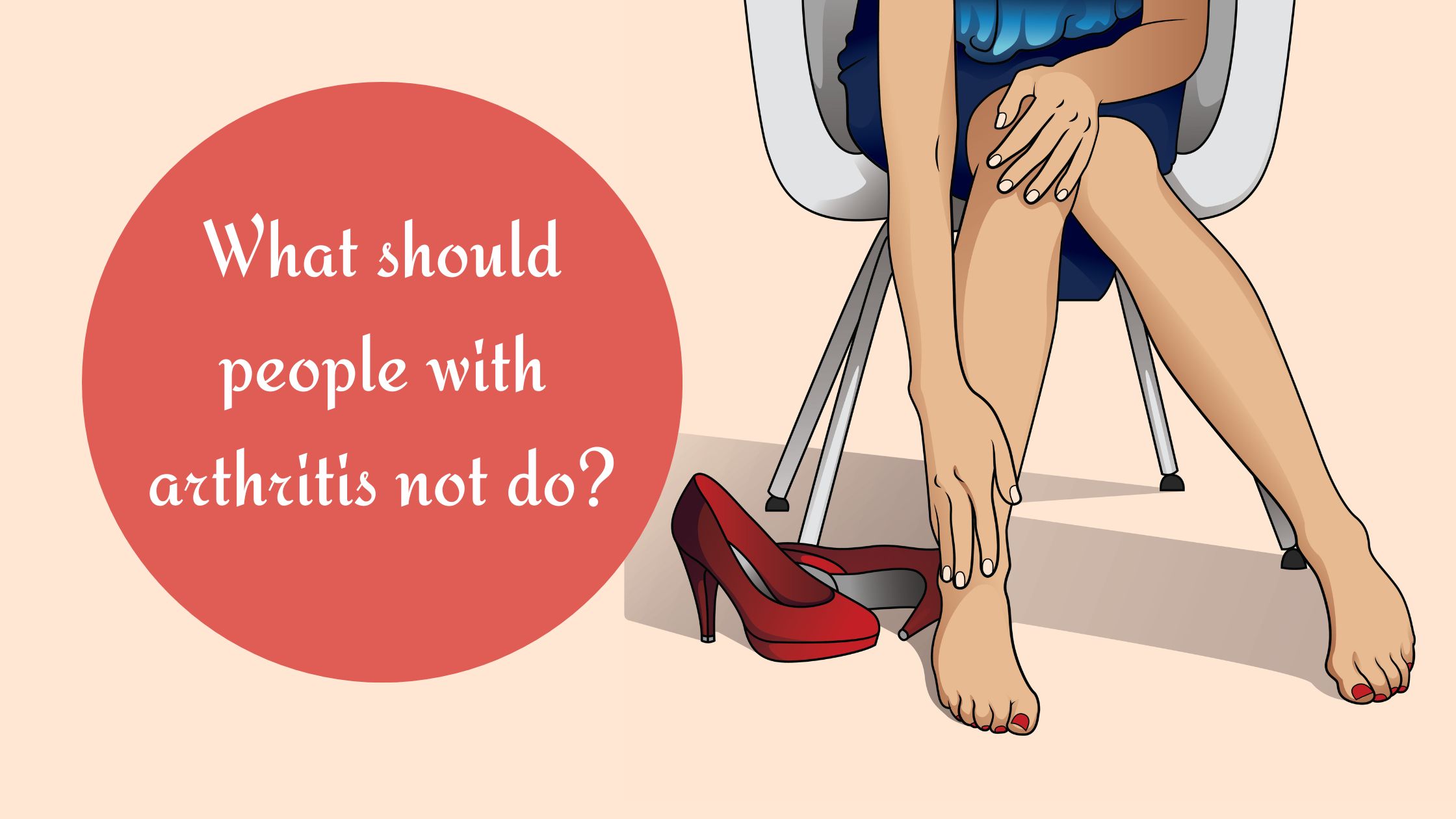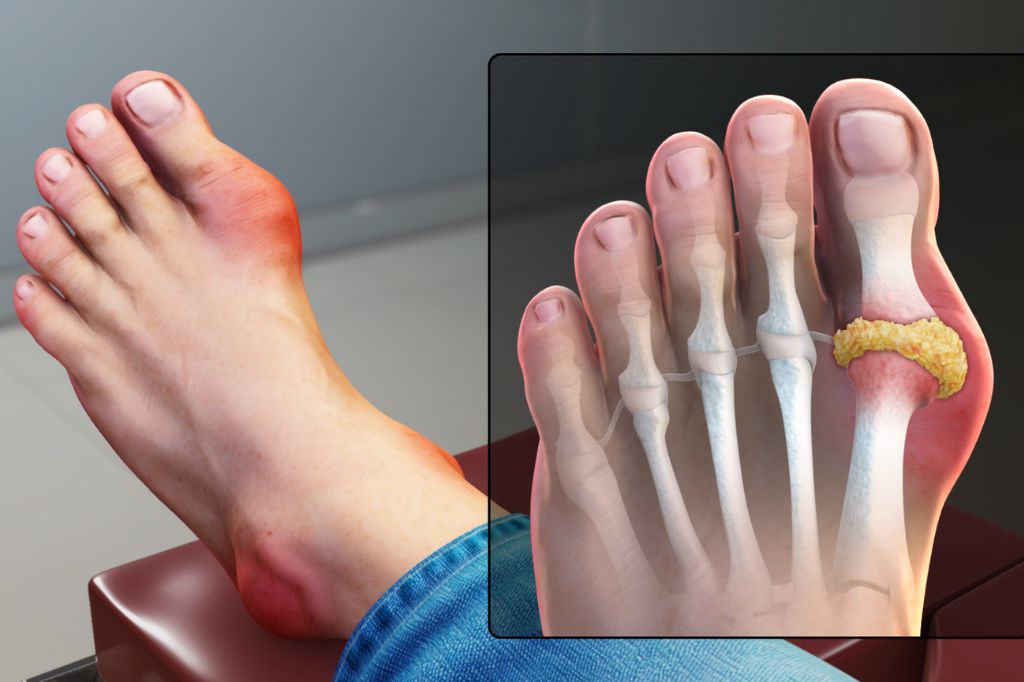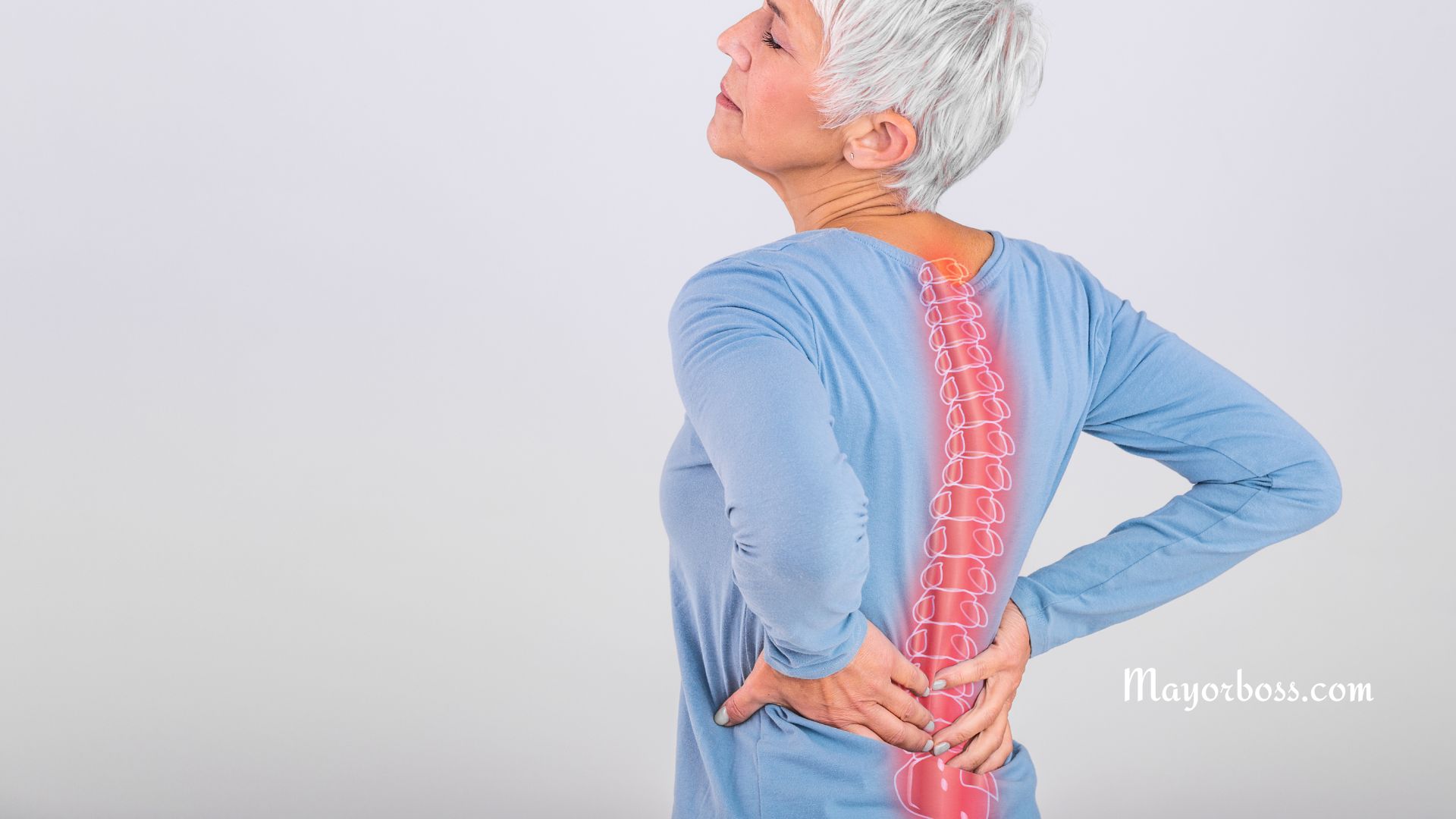Early Signs of Arthritis in the Legs
Arthritis is a condition that affects the joints in the body, including those in the legs. It can cause pain, swelling, and stiffness. Finding arthritis early can help slow its progress and keep you active. This article explains the early signs of arthritis in the legs.
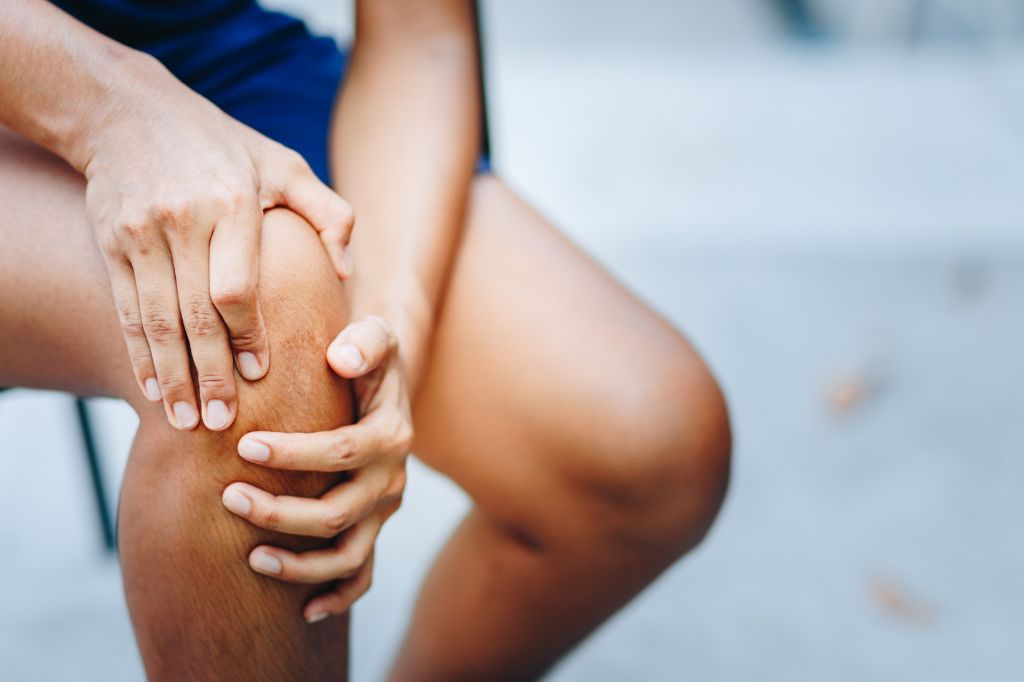
What Is Arthritis in the Legs?
Arthritis in the legs mainly affects the knees, ankles, and hips. It comes in two common types. Osteoarthritis happens when the smooth surface on the ends of bones wears down. Rheumatoid arthritis is an illness where the body’s own defense system attacks the joint lining. Both types cause pain and swelling, but they do not look the same and may need different treatments.
Common Early Signs of Arthritis in the Legs
One of the first signs of arthritis is pain in the legs. This pain may start as a small ache that comes with walking or climbing stairs. The pain can get worse after being active. You might also notice that your legs feel stiff after sitting for a long time or when you wake up in the morning.
Swelling is another sign. The joint may appear puffy or feel warm to the touch. These symptoms mean that the joint is inflamed. It is important to pay attention to these signs and talk to a doctor if they continue.
Joint Stiffness and Trouble Moving
Stiffness in the joints is a clear sign of arthritis. You may find that your knees, ankles, or hips feel harder to move than before. This stiffness is usually worse in the morning or after sitting for a long time. Simple actions like bending your knee or straightening your leg might take extra effort.
When joints become stiff, it can affect balance and the way you walk. This can make everyday tasks more challenging. Early treatment can help slow down these changes and keep your joints working well.
Changes in the Joint’s Look
Arthritis can change how a joint looks. In the early stages, a joint might look a bit swollen or puffy. The skin around the joint may also feel warmer. These changes show that there is inflammation in the joint. Keeping track of any changes in the joint’s appearance can help your doctor decide the best way to treat your condition.
Pain Patterns and What Triggers Pain
Pain is one of the main signs of arthritis in the legs. In the beginning, pain may happen only when you move the joint. Later on, the pain can last even when you are resting. You may feel a sharp pain when you move or a dull ache that does not go away.
Certain activities, like running or standing for a long time, can make the pain worse. Learning which activities cause pain can help you avoid them or do them in a safer way. Changing how you move and exercise can protect your joints from further damage.
Feeling Tired and Uncomfortable
Arthritis can make you feel very tired. Even small activities may leave you feeling exhausted. This tiredness happens because your body works hard to fight the inflammation. When you feel tired, along with pain and stiffness, it is a sign that you should see a doctor.
Managing your energy by resting when needed and staying active with gentle exercise can help control tiredness. However, a doctor can give you the best advice on how to manage these symptoms.
Finding arthritis early is very important. If you notice pain, swelling, or stiffness in your legs, you should ask a doctor to check it out. A doctor will examine you and may use X-rays or blood tests to see if you have arthritis. Early diagnosis helps to start treatment before the joint is damaged.
When arthritis is caught early, treatment can slow its progress. This keeps the joints working better and may reduce pain. Early treatment also helps you stay active and do the things you enjoy.
Treatment
Once arthritis is diagnosed, there are several ways to treat it. The treatment plan depends on the type of arthritis and how bad the symptoms are. Some common treatments include:
- Medications: Medicines such as nonsteroidal anti-inflammatory drugs (NSAIDs) can help reduce pain and swelling. In some cases, doctors may use other drugs that help slow down the damage to the joints.
- Physical Therapy: A physical therapist can show you exercises that make the muscles around the joint stronger. This support helps the joint move more smoothly.
- Lifestyle Changes: Losing weight, if needed, can take pressure off your joints. Low-impact exercises, like swimming or cycling, help keep you active without stressing your joints.
- Supportive Devices: Tools like canes or braces can help you move safely and ease the stress on your joints.
These treatments work best when they are used together. A doctor will help you decide which treatments are right for you.
Preventing Further Joint Damage
Taking steps to protect your joints can help slow the progress of arthritis. Keeping a healthy weight reduces the stress on your knees, hips, and ankles. Regular, gentle exercise keeps the muscles strong and helps the joints move better. Simple changes in your daily habits can protect your joints from further damage.
Eating a balanced diet with fruits and vegetables also helps reduce inflammation. Your doctor can recommend changes in your diet or suggest vitamins that may support joint health.
When to See a Doctor
If you notice any signs of arthritis in your legs, it is important to see a doctor right away. Do not ignore pain, swelling, or stiffness. A doctor can test your joints to see if arthritis is the cause of your symptoms.
Keep a record of your symptoms. Write down when you feel pain and what makes it worse. This information can help your doctor decide on the best treatment plan.

